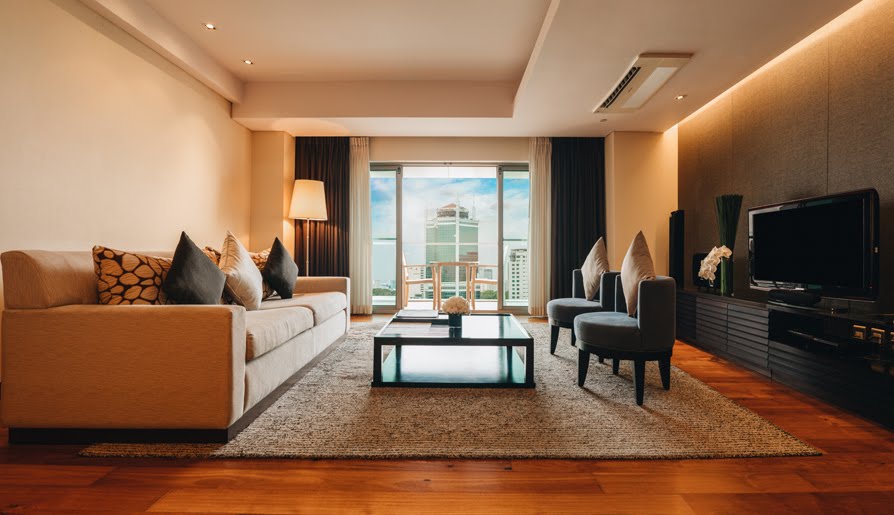My children and I recently had the pleasure of staying at the luxurious Residences at the Intercontinental Saigon in Ho Chi Minh City, Vietnam. We were met with a personalised greeting amid fresh fruit, sweets, and delicacies upon entering the magnificent, opulent suite. This IHG resort is modern and sleek – a favourite for discerning travellers as it is regarded as one of the city’s finest hotels.

The Intercontinental Saigon has two aspects – the regular hotel and the Residences, which are popular for medium to long-term residents as well as short-term stays. The Residences are ideal for families due to their spaciousness and self-contained facilities.

The Residences include luxury privileges such as private access, 24-room service, a laundry service, a private pool and fitness centre, and very spacious, self-serviced rooms.
We stayed in a two-bedroom suite, which was a massive 129-square-metre luxury apartment. It had a spacious living area, a fully self-contained kitchen and a separate laundry cavity, two bathrooms, and two massive bedrooms with large twin beds and the king suite included a lavish ensuite bathroom with a standalone bath, separate shower, and separate toilet.

The main bathroom was down the hall. Storage was plentiful. The décor was modern and sleek with up-to-the-minute mod cons, including a large TV and excellent sound system. The apartment felt very private and offered towering views over the bustling Ho Chi Minh City. Some rooms offered river or cathedral views.
Set in the bustling business centre or District 1, the location was ideal. We had a 7-minute taxi ride to the War Museum, which is a confronting but highly informative depiction of the Vietnam War. The Cathedral and Reunification Palace are also within close proximity.

The hotel houses three restaurants. Basilico is an Italian restaurant that serves an extensive menu of authentic, Italian food (the fettuccine con fungi e pancetta was delectable). Yu Chu is the hotel’s signature Chinese restaurant which serves Cantonese and Peking cuisine and buffet dim sum. Market 39 is the hotel’s buffet restaurant. The breakfast buffet could satisfy any palate with pancakes, waffles and omelettes created on demand, fresh fruit and a multitude of fresh juices, and a delicious variety of Asian and Western hot dishes.
The Intercontinental Saigon Hotel can meet travellers’ needs and budgets through a variety of accommodation options including the Classic range, Club Intercontinental rooms, and the Suites Collection. While the suites are extremely luxurious, all of the room types are immaculate, spacious, modern, tastefully decorated, and very suitable for families.

The Intercontinental Saigon is a favourite choice for all types of travellers due to its style, luxury, elegant style, excellent location and top-notch facilities. It has two pools – one for the general hotel and an exclusive pool for the Residences. There are multiple function rooms, meeting spaces, a library, a media room and a Club Lounge that offers exclusive access to a genteel space with complimentary tea, coffee, juices soft drinks, afternoon tea, and alcoholic beverages and canapes during Cocktail Hour.

There is also a fitness centre and spa which offers facials, body scrubs and massages.






